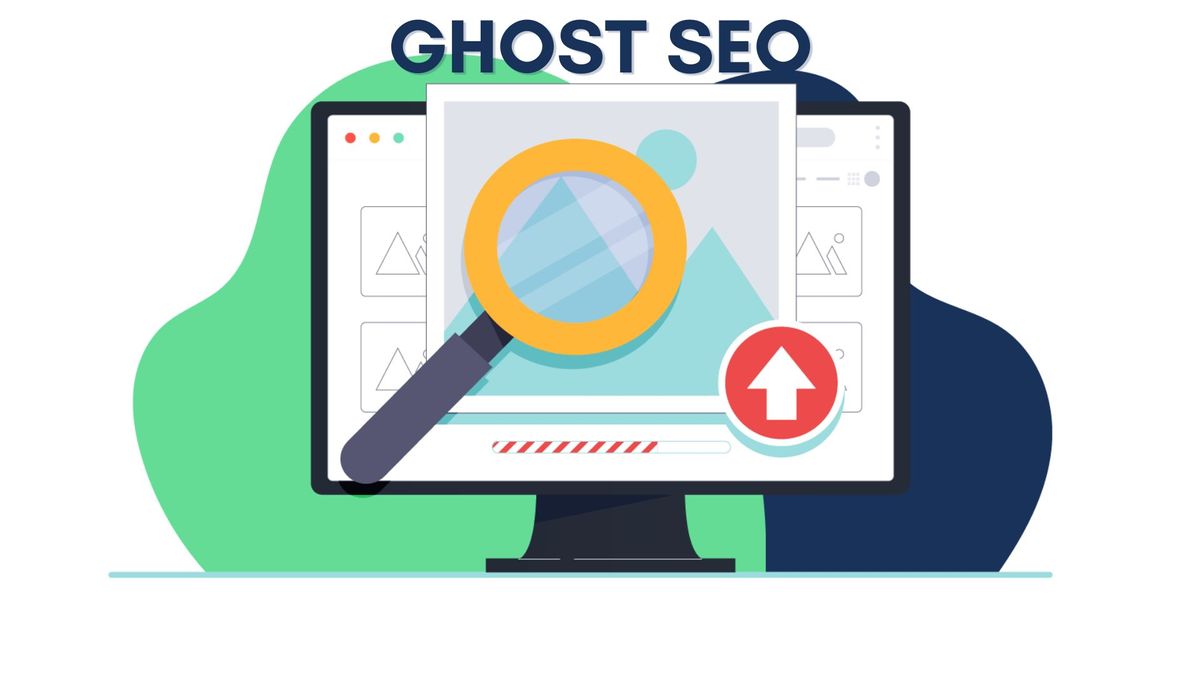Optimizing images for SEO on Ghost CMS is crucial to enhance your website's performance and search engine rankings. Below are steps you can take to optimize images for SEO on Ghost CMS:
- Choose the Right File Format: Use the appropriate image file format for your content. For photographs or images with many colors, opt for JPEG. For images with transparency or simple graphics, use PNG. WebP is a modern format offering good compression and quality, but be aware of browser compatibility.
- Resize Images: Resize your images to fit the dimensions required by your theme and content layout. Large images can slow down your site's loading speed, which can negatively impact SEO. Use tools like Adobe Photoshop, GIMP, or online tools such as TinyPNG to resize images.
- Compress Images: Employ image compression tools to reduce file sizes without compromising quality. Popular tools include TinyPNG, ImageOptim, and Squoosh. Ghost CMS also includes built-in image optimization features that automatically compress images during the upload process.
- Use Descriptive File Names: Before uploading images, ensure they have descriptive and SEO-friendly file names. Incorporate relevant keywords into the file names, but maintain natural and content-relevant naming.
- Add Alt Text: Always provide descriptive alt text for your images. Alt text aids search engines in comprehending the image's content and enhances accessibility for users with disabilities. Include relevant keywords when appropriate, but avoid keyword stuffing.
- Enable Lazy Loading: Enable lazy loading for images within your Ghost CMS settings. Lazy loading ensures that images are loaded only when they become visible in the user's viewport, which improves page performance.
- Use Responsive Images: Confirm that your images are responsive and adapt to different screen sizes and devices. Ghost CMS typically handles this automatically, but it's essential to use a responsive theme.
- Create an Image Sitemap: Generate an image sitemap and submit it to search engines like Google using Google Search Console. This aids search engines in discovering and efficiently indexing your images.
- Use Image Captions: When appropriate, employ image captions to provide additional context for your images. Captions can be a suitable place to incorporate relevant keywords.
- Optimize Thumbnail Images: If your theme utilizes thumbnails for featured images or galleries, make sure these smaller images are also optimized for SEO.
- Check Page Speed: Periodically test your website's page speed using tools such as Google PageSpeed Insights or GTmetrix. Further optimize your images if these tools recommend improvements.
- Monitor SEO Performance: Keep a vigilant eye on your website's SEO performance using tools like Google Analytics or other SEO software. Track image-related metrics and make adjustments as needed.
By optimizing images for SEO on Ghost CMS, you can enhance your website's search engine rankings, improve user experience, and attract more organic traffic. Remember that SEO is an ongoing process, so regularly update and optimize your content to maintain and improve your search rankings.


